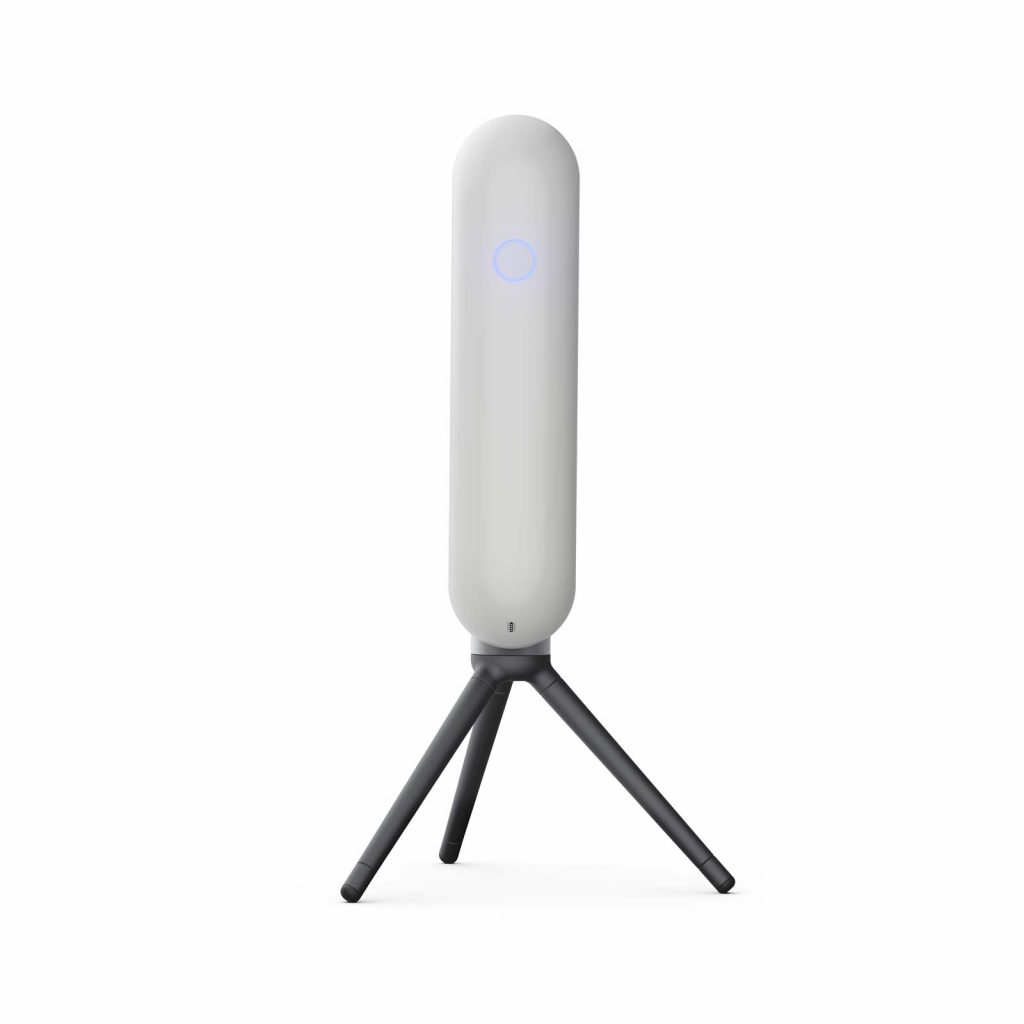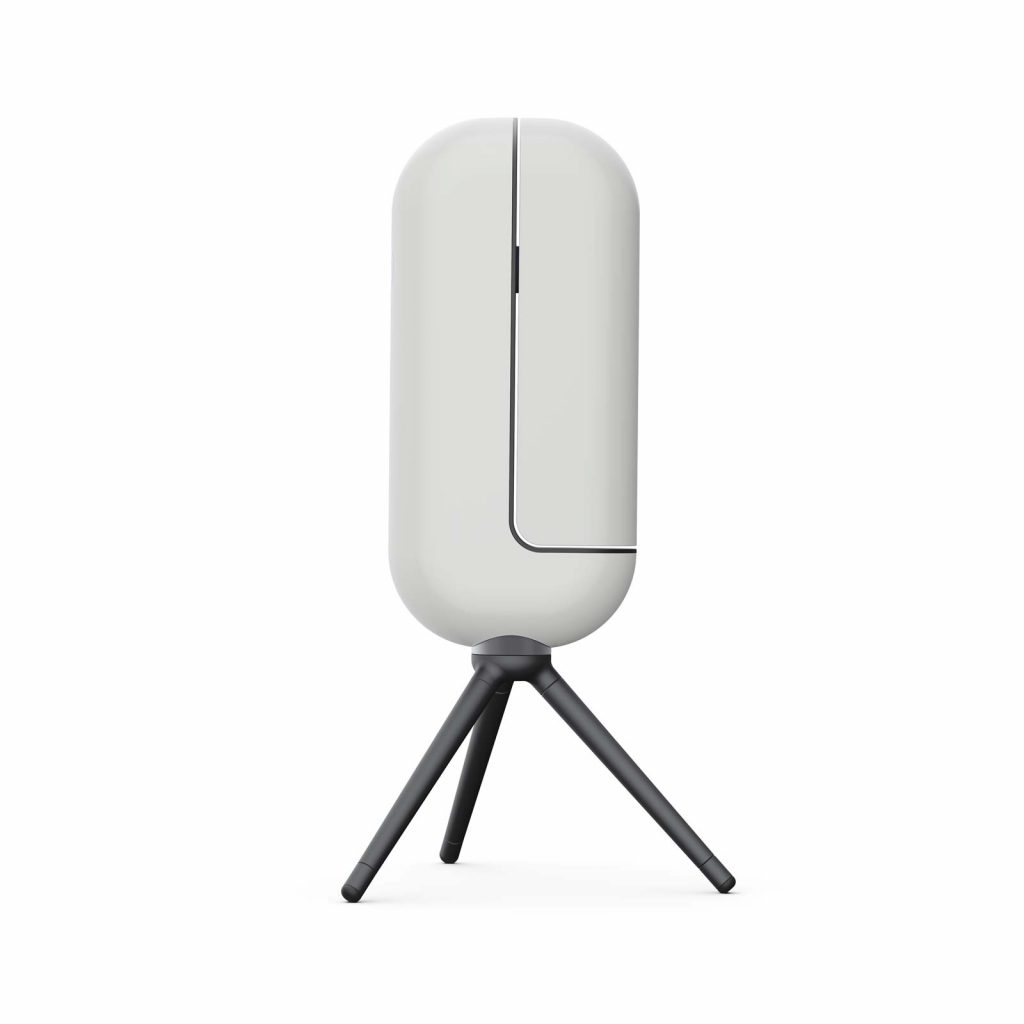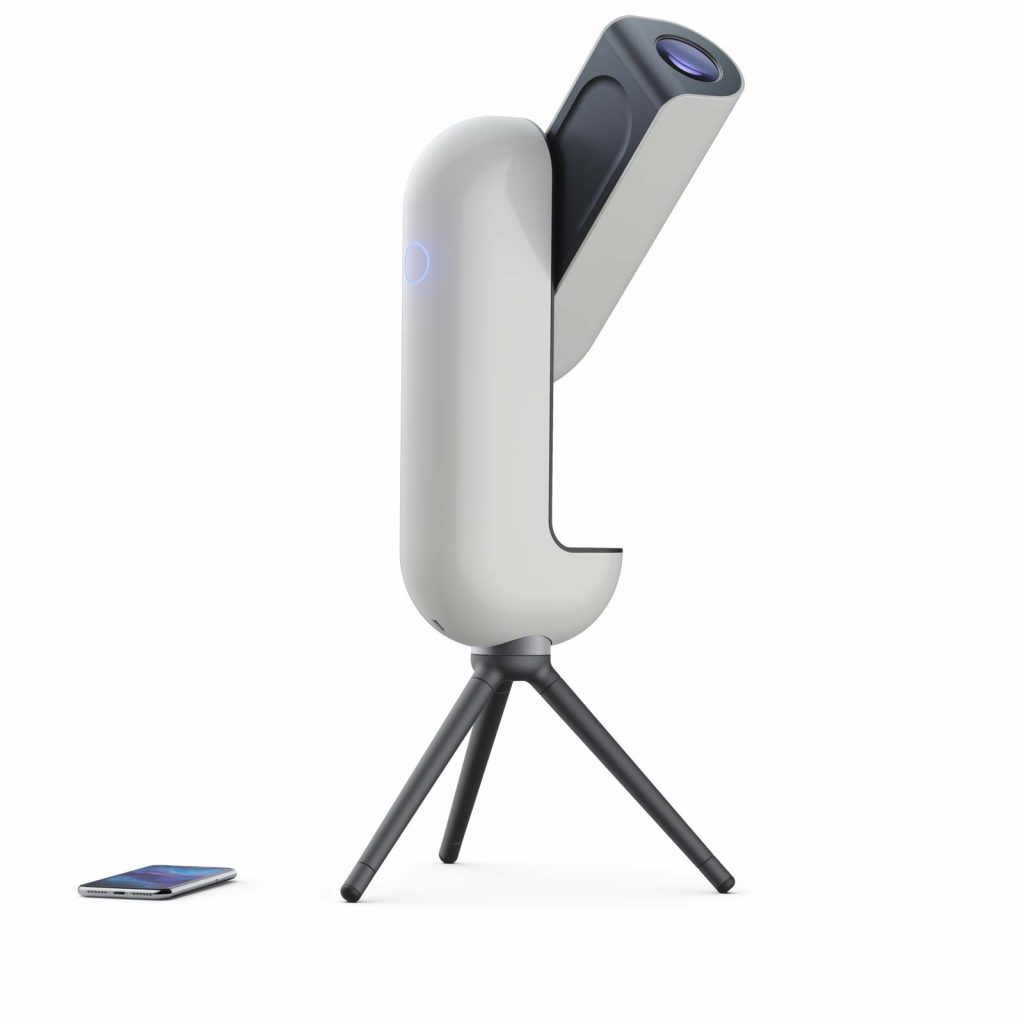Yearning to explore the skies from your backyard with a digital telescope? A concept from startup Vaonis might make that easier than ever.
Telescopes can be unnecessarily hard, especially if you don’t know where to start. There’s so many various types of telescopes — refracting, Newtonian reflecting, Dobsonian reflecting, Maksutov, and so on and sob — and the fact that they can often be heavy, require a large tripod, and then you have to set it up, aim it, and position yourself in a way where you’re looking down the barrel of the thing. Telescopes are not always easy, and not necessarily for the beginner.
Fortunately, there are companies trying to change the telescope so that it’s easier and faster to use, and can work with the hardware you rely on regularly: your phone or tablet.
One of these is Vaonis, a company that launched gear onto Kickstarter last year, and has been working with former astronauts including Terry Virts to redefine the telescope world, and make it easier for everyone to jump in. Like much of the rest of the technology world, it’s showing gear at CES 2021, and it has something very interesting for folks who love looking up.
Its latest idea is something built specifically for that, arriving in the Vespera, a combination between camera and telescope that shrinks Vaonis’ first product, the Stellina, into something smaller and more portable.
Looking like no other telescope out there, the Vaonis Vespera is a camera-based telescope that uses a GPS system and Vaonis’ “Star Field Recognition” technology to calibrate itself and get you looking at the stars easily. That takes away some of the burden of knowing how to use a telescope, with setup often proving to be a time-consuming problem.
Controlled by an app, you can essentially set what you want to look at, and the telescope will work out where it needs to be aimed, handling that for you. And because it’s built from the bones of a camera, it can also automatically focus on the stellar object or constellation you’re looking for.
Adding to this, Vespera is water resistant and folds up for easy transportation, with images able to be captured directly from the telescope itself. No need to hold your phone up to the eyepiece or find a specific converter. Granted, the images are only captured in Full HD’s 1920×1080 (2 megapixels), but it’s a start, and uses a Sony Exmor R sensor plus a heat management system to capture the long exposures needed to let you look at the stars, which often take longer to capture.
“Vespera is an amazing next step for Vaonis,” said Terry Virts, a former NASA Astronaut and International Space Station Commander.
“It will take their amazing technology that allows anyone to observe deep sky objects like galaxies and nebulae and make it accessible and affordable for everyone,” he said.
Weighing around five kilograms, Vespera is a clearly different take on the telescope, though it’s one that will still set you back a decent chunk of change. Locally, there’s no specific price in Australia, nor is there an Aussie release date, but internationally, expect a US price of around a thousand dollars, with release near the end of the 2021.











